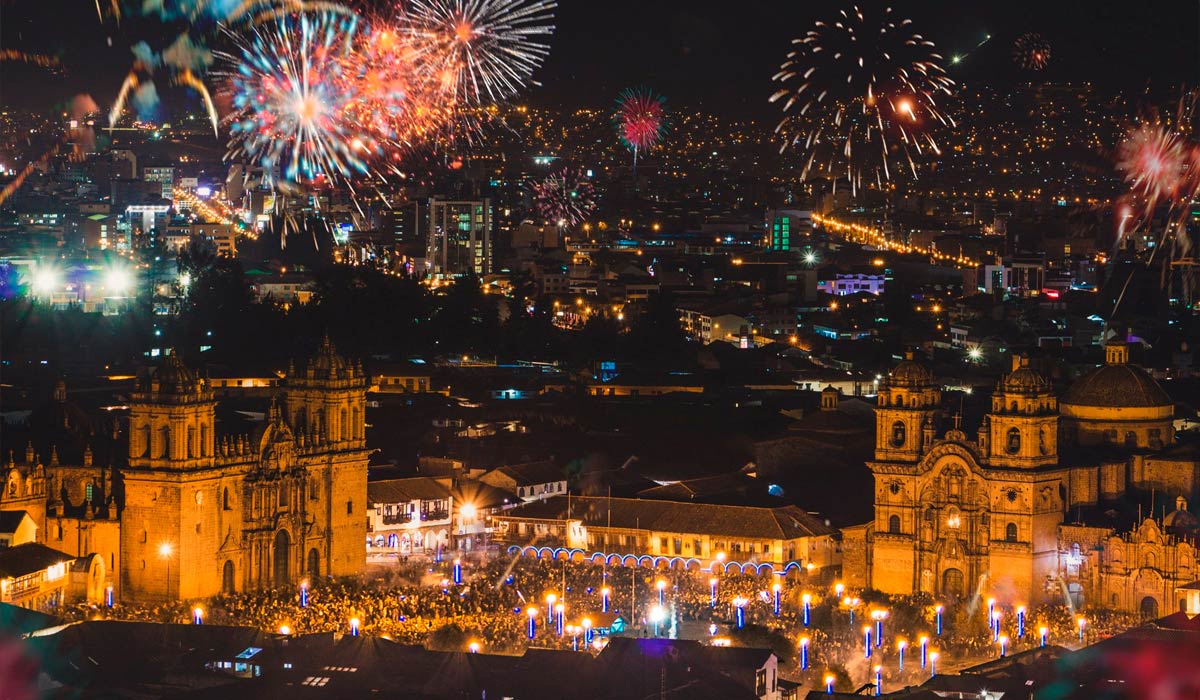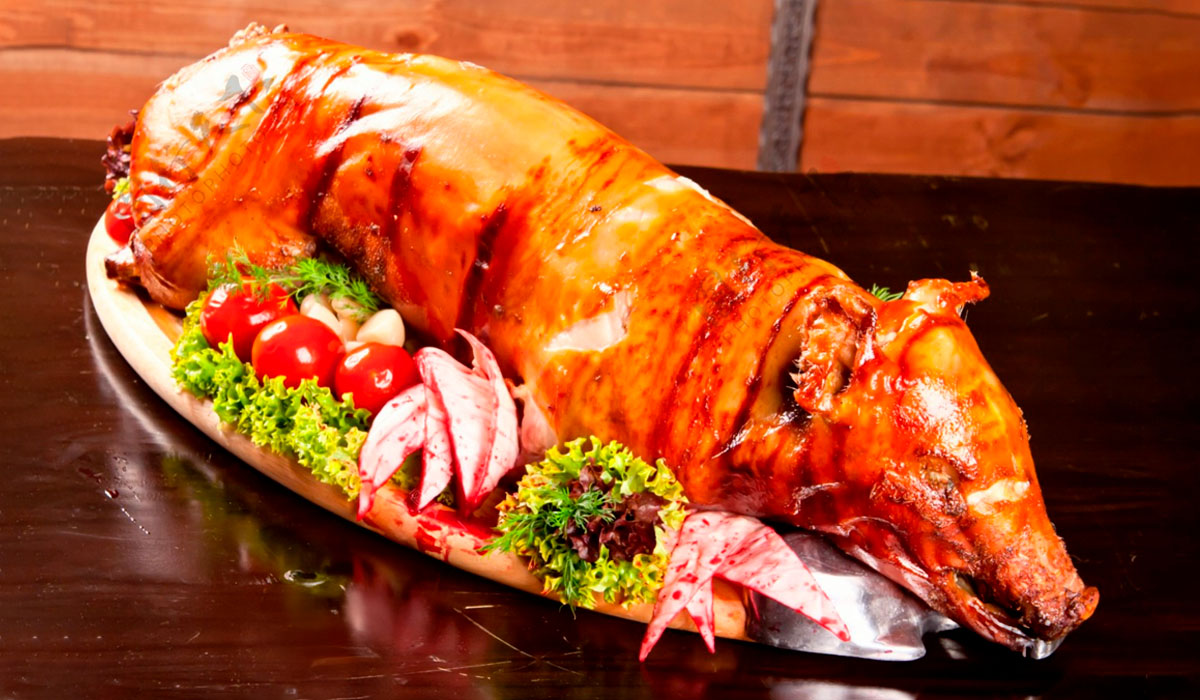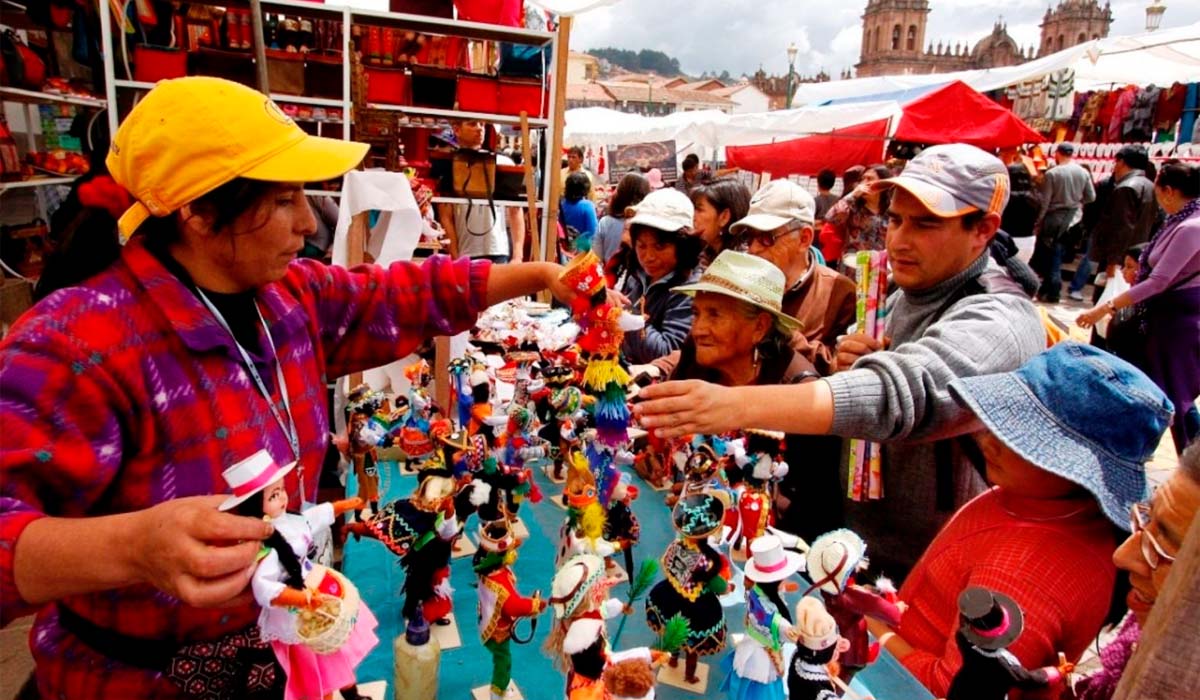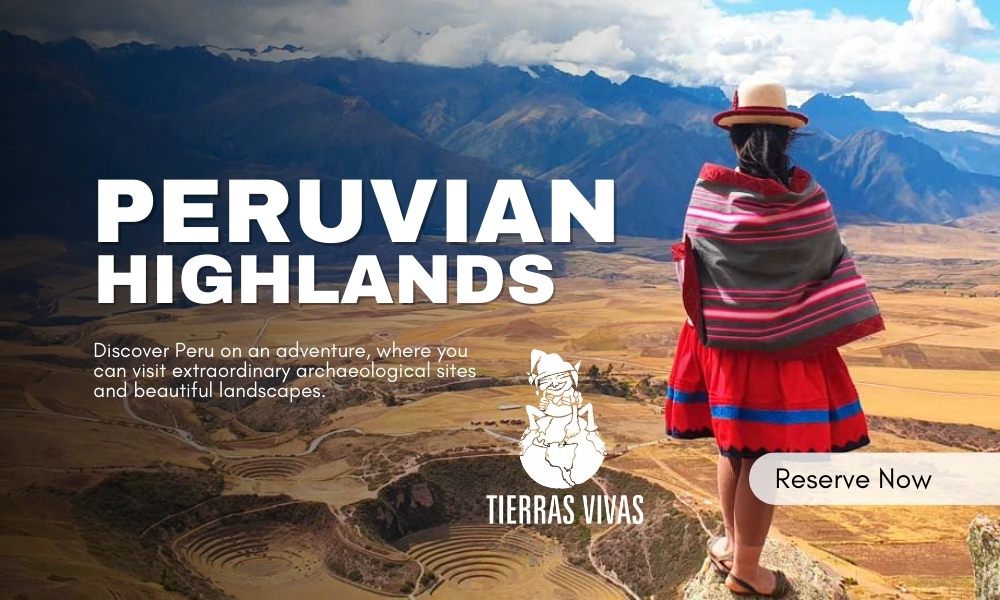The celebration of Christmas in Peru, like in a large part of South America, is a festivity centered on the family and with a strong religious base. However, Peruvian traditions are distinguished by a deep syncretism, a result of the fusion of Catholic customs inherited from the colonial era with the practices and worldview of the Andean world.
Unlike Anglo-Saxon celebrations where the morning of December 25th is most important, the central event in Peru is "Nochebuena", the night of December 24th. Likewise, the most important decorative element in most homes is not the Christmas tree, but the "Nacimiento" (also called "pesebre"). This is set up weeks in advance and is the focus of the family celebration.
This guide is designed to detail how Christmas is celebrated in Peru. Below, we will break down the most important traditions, from the unique craft fairs like Santirantikuy in Cusco, to the typical food of the date (like panetón and hot chocolate) and the specific customs of the coast and the highlands of the country.
The Main Celebration: Christmas Eve (December 24th)
In Peru, unlike other cultures where December 25th is the focus, the main celebration is Nochebuena, the night of December 24th. Families gather to wait for midnight, which marks the birth of Baby Jesus and the official start of Christmas. The most important event of the night revolves around the "Nacimiento" or nativity scene, which is the central decoration in homes.
At 12 a.m. sharp, the central commemoration takes place: traditionally, the youngest member of the family is in charge of placing the figure of Baby Jesus in the manger. Immediately after, the family congratulates each other with hugs and toasts. After this symbolic act, in one of the most anticipated moments for the children, the gifts are distributed and opened.
-
Christmas Dinner
Just after the midnight celebration and the opening of gifts, the family sits down at the table for Christmas dinner. Although the menu can vary, the most common main dish is roast turkey.
However, what is truly essential on every Peruvian table, regardless of the region, is the panetón (a tall, sweet bread, of Italian origin, with candied fruits and raisins) and a cup of hot chocolate, a tradition that is firmly kept even during the heat of the coastal summer.
A very strong tradition in the Peruvian workplace is the giving of Christmas baskets. During the weeks before Christmas, companies thank their employees for the year's effort by giving them these baskets. They generally contain basic products for the celebration, such as a panetón, a bottle of wine or sparkling wine, tablets of chocolate for drinking, cookies, canned goods, and other non-perishable foods.
4 Peruvian customs that are celebrated at Christmas
Have a fantastic time in Peru with these traditions. There are various customs that were adopted from abroad. Some with slight changes to make them more bearable in the Peruvian day to day. So, today we will learn about the traditions that are celebrated in Peru during the Christmas season. Can you imagine a place where you can find gifts for the whole family and that only opens in the Plaza de Armas in Cusco? Or maybe ask Mother Earth about what the future holds for you? Get to know them in detail here.
1. Santurantikuy (Cusco)
On December 24th, the traditional Santurantikuy folk art fair is held, where hundreds of renowned and new artisans exhibit their works and the central character is Niño Manuelito. On September 22, 2009, this traditional fair was proclaimed as Cultural Heritage of Peru.
Artists present Christmas works made based on various techniques such as ceramics, silverware, tinsmithing, imagery and others. These handcrafted pieces accompany the Cusco nativity scenes that are assembled in small natural mangers decorated with native flora.
The imagery area is very popular, where dresses for the Baby Jesus are sold in all sizes, styles and colors. Another place that stands out is Pucará, located in the lower part of the Cathedral of Cusco, where artisans from Puno exhibit and sell artistic pieces with the characteristics of this area of ??Peru. Next to it are the San Blas artisans, where the greatest artists of this traditional neighborhood that for generations has left art as a legacy in many of its expressions are concentrated.
2. Black Christmas
This festivity in the district of El Carmen, province of Chincha in Ica, takes on a unique and special meaning with Black Christmas. This event is distinguished by its Afro-Peruvian cultural roots, which is manifested through a live nativity scene. To the rhythm of the zapateo, a vibrant and energetic dance, the arrival of Baby Jesus is celebrated in a way that reflects the rich cultural heritage of this community.
In this small corner of Peru, Black Christmas becomes a tribute to ancestors, where the little ones start tapping their feet as a promise to commemorate birth in an authentic and meaningful way. The palpable joy of the children, the applause of the adults and the accompaniment of musical instruments such as the donkey jaw and the cajón create a unique festive atmosphere that combines Creole tradition with Afro-Peruvian essence.
On this date, the complementary dances of the Hatajo de Negritos and Las Pallitas are presented. Both are biblical representations of the visit of the shepherds to Baby Jesus and the arrival of the Three Wise Men.
3. A very Peruvian Christmas dinner
It is possible that, if you spend Christmas in Peru, the Christmas Eve dinner is made up of the traditional stuffed turkey, panettone and hot chocolate. However, families try to innovate every year by integrating the various Peruvian dishes during this celebration.
It is more common to see in the Andes that there is no ostentatious baked bird in the middle of the table. And it is more often seen that they share with stuffed guinea pigs, pachamanca or roast suckling pig as the main dish. Would you dare to change a traditional meal and try the charms of Peruvian seasoning? Rest assured that you will not regret it.
On the one hand, men perform the dance of the Hatajo de Negritos, marking the rhythm with footwork accompanied by violin and bells, while singing songs. On the other hand, women perform the dance of "Las Pallitas", stomping their feet and singing to the beat of a guitar.
Symbols of religious devotion, these dances, considered Intangible Cultural Heritage of Humanity by UNESCO, are carried out in public squares, churches and homes during the months of December and January.
4. Midnight Mass
We had already mentioned that in Peru there is a strong religious current. The religion with the most followers is Catholicism, and the traditional Midnight Mass is celebrated in its churches. This takes place on the 24th (at the end of Christmas Eve) or the 25th (for those who cannot attend at midnight, they do so before starting their daily routine).
During the ceremony, readings related to the arrival of the baby Jesus are professed, in addition to the Gospel. It bears this curious name because the Romans related the crowing of the rooster to the beginning of a new day.
In short, Christmas traditions in Peru are a reflection of the country's wide cultural diversity. At this time, Peruvians find the opportune occasion to renew hope, express gratitude, and strengthen the emotional ties that unite them with those they love the most.
Best Tours in Peru
Many are the routes that take you to Machu Picchu, but none is like the Inca Trail Tours, the most famous pedestrian path in the Americas. After flying from the capital of Perú, Lima, you will arrive in Cusco to walk for four days along a path through forests and dense fog, millenary stone steps and discovering the ruins of ancient fortifications and Inca cities, and all the time enjoying majestic views.
- Peru Adventure Holidays
- Enigmatic Peru
- Peru Full of Adventures
- Peru Luxury Travel
- Peruvian Highlands
- Discover Peru
Inca Trail, Machu Picchu and more
- Salcantay Trek Peru to Machu Picchu 5 days
- Palcoyo Mountain Tour
- Cusco to Manu Tour
- Humantay Lake Day Trip
- Huchuy Qosqo Day Hike
- Llactapata Inca Trail to Machu Picchu
- Apurimac River Rafting
- Vilcabamba Trek to Machu Picchu
- Inti Raymi and Machu Picchu Tour
If you want to visit Machu Picchu, we recommend you to book your Machu Picchu Ticket in advance, so you will enjoy your Vacation in Machu Picchu without any problem.










